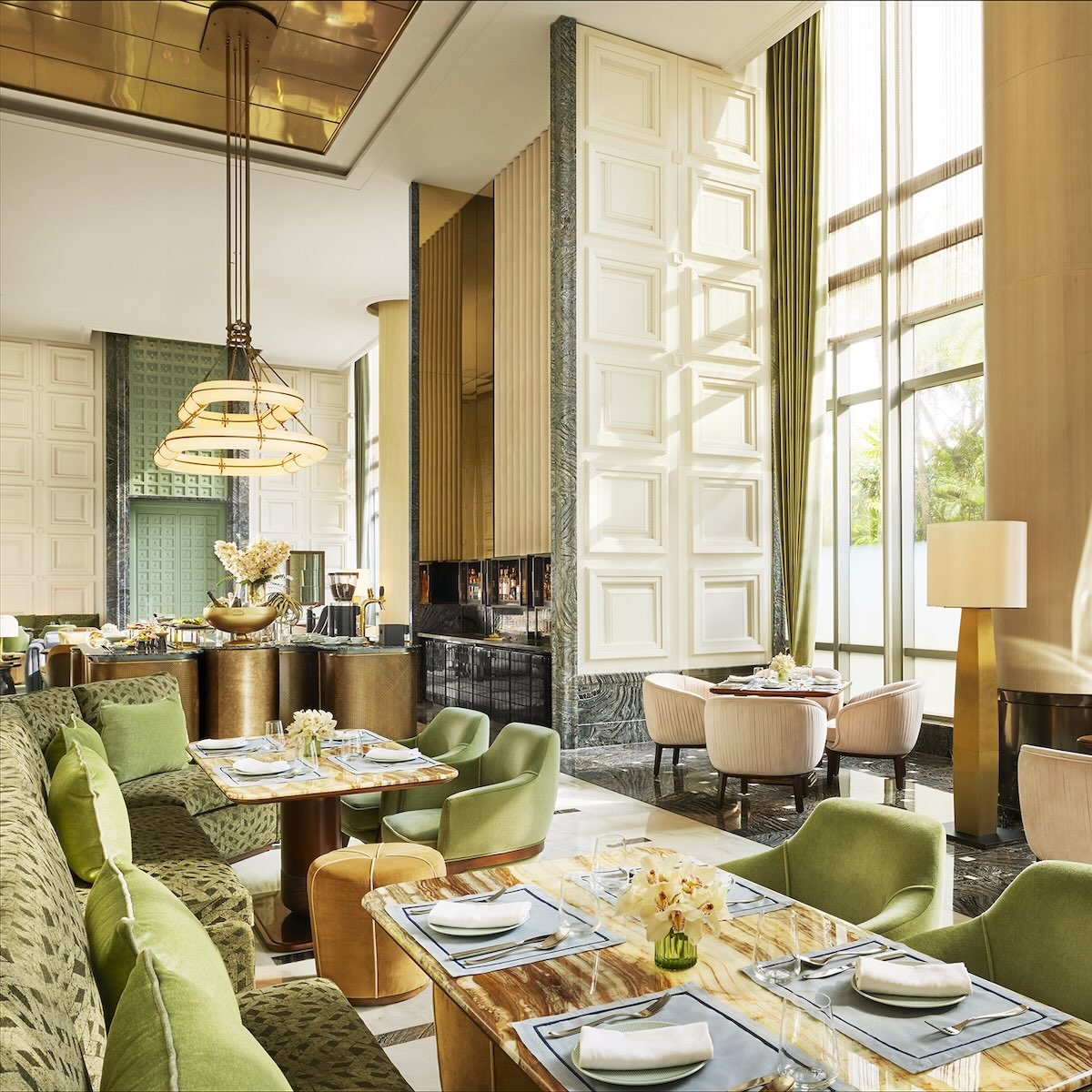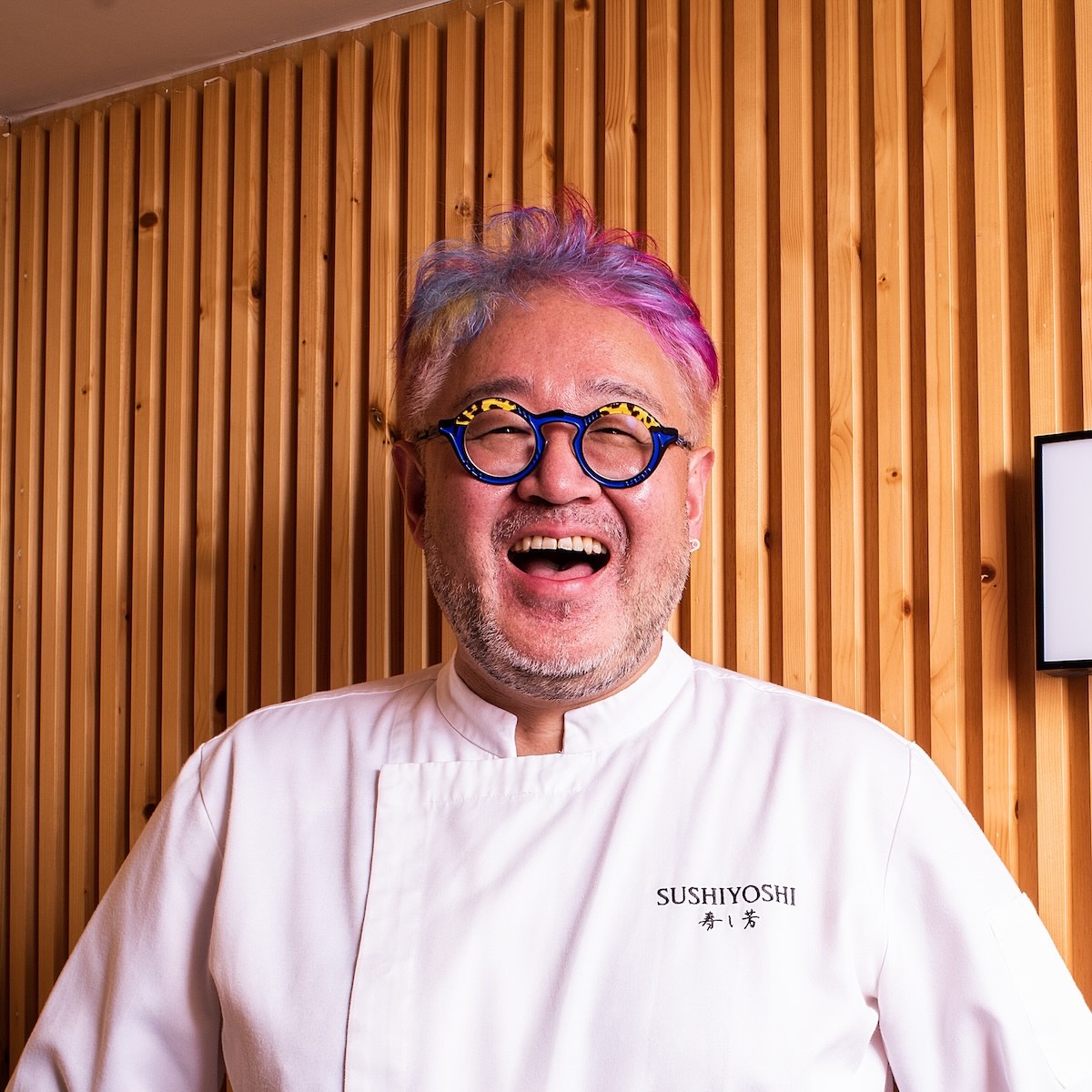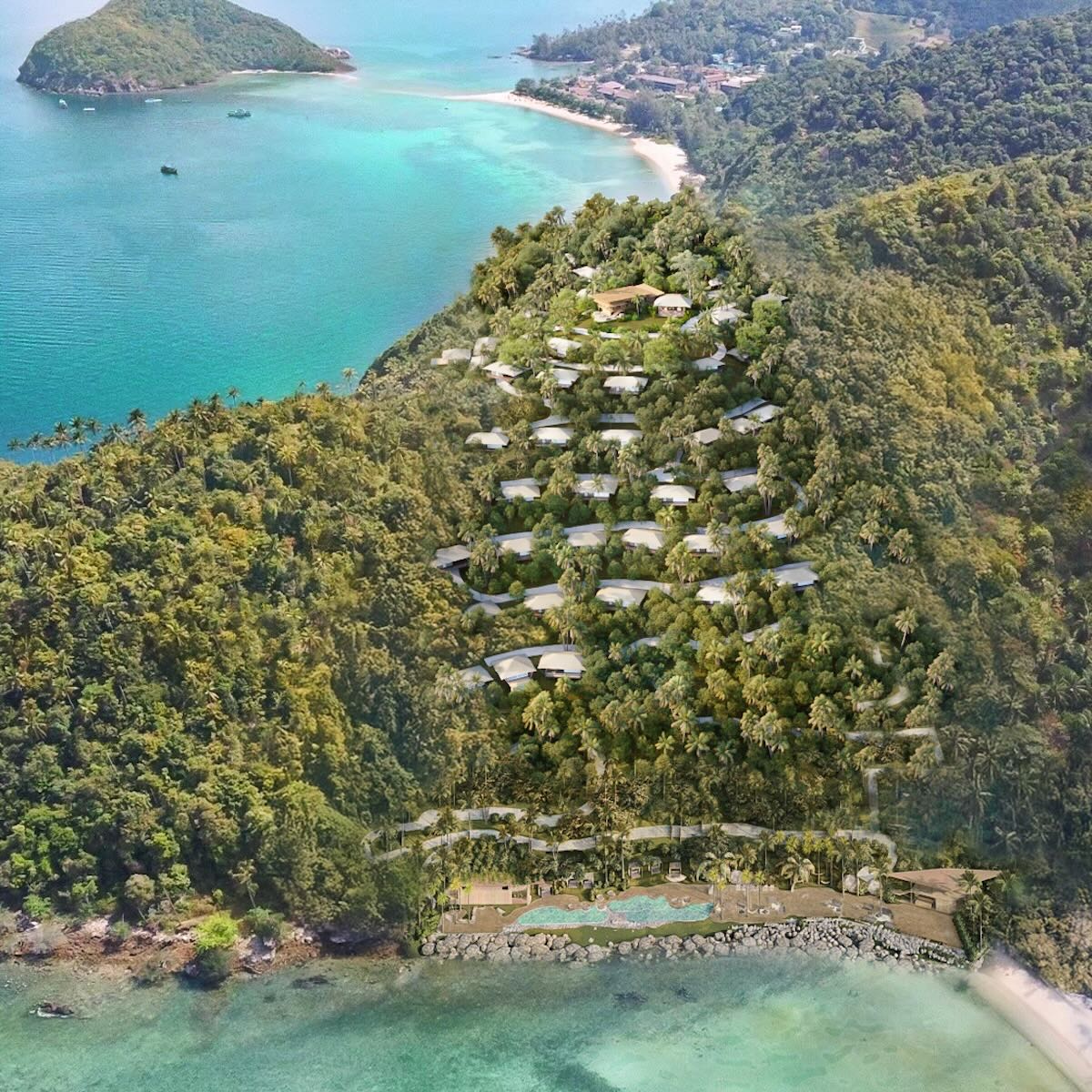Bombay, as so many locals still call it, or Mumbai, as others use, is on its way to rivalling Miami or Monte Carlo as a must-visit world city. Like the other two greats, it’s got the ocean, it’s got history, and it certainly has a terrific A-list lifestyle. Infrastructure for a city that has for generations been renowned for non-stop potholes and solid traffic that includes thousands of mini-taxis and tuktuk three-wheelers is, believe it or not, getting better. New mega-roads sidestep some of the main areas (a road from Worli towards the Bandra area to the west of the city soars out over the sea most of the way). A coastal road that similarly jumps over the ocean means that the Four Seasons Hotel Mumbai, which used to be in a way-out part of the city, is now reachable within 15 minutes from such other well-known spots as the Taj Mahal Palace, Mumbai.
There are also completely new areas. The Trees is one such complex, near Vikhroli district, under nine miles northeast of the airport and surrounded by approximately 14,580 acres of mangroves. The canny Godrej family have—with the exception of an old chimney—replaced a sugarcane plant by a modern community. Within the space of about four football fields, there are 70 international companies’ offices, plus 800 very desirable residences and top-class retail and restaurants, plus the 151-room Taj the Trees, topped by enticing 12th-floor rooftop lounge, ideal for sunset-watching and stargazing. All these buildings surround an extremely lush, all-green nature reserve with stunning sculptures as part of the whole. There’s an Anish Kapoor, a 12-foot-high iridescent shape that looks like the top of a tagine dish. There’s also an extended coil made of squashed aluminium cans; the open coil, tall enough for a basketball player to stand in, itself goes round a circle about 30 feet in diameter.
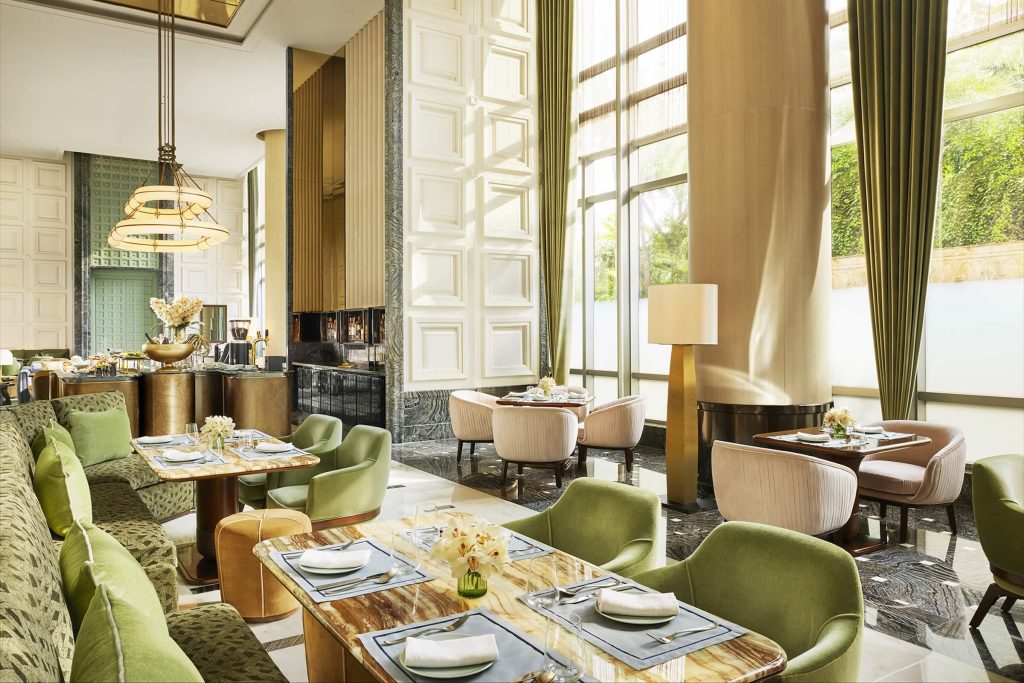
Image courtesy of Four Seasons Mumbai
There’s also sunset- and star-watching atop the 34-floor Four Seasons, which now has, 50 feet away, its own block of three-floor residences behind it (buy a residence and you get your own personal lift). At the top of the hotel is Aer, apparently the highest-grossing entertainment venue by square footage anywhere in a subcontinent that is forever addicted to entertainment and socialising. Until three every morning, seven days a week, it’s where all the top people gather, from Bollywood to biz tycoons to beauts.
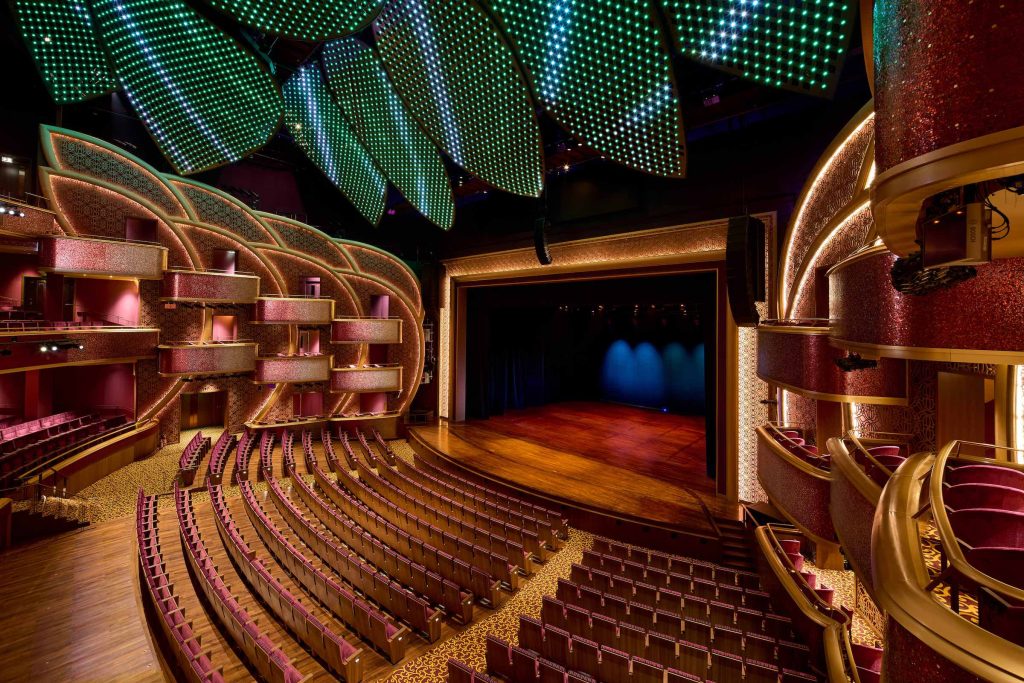
Image courtesy of NMACC
Another newcomer to bustling Bombay’s outskirts is the Nita Mukesh Ambani Cultural Centre, NMACC, named for the classical-dance-loving philanthropist wife of the boss of Reliance Industries, said to be worth US$86.3 billion (HK$669.39 billion). NMACC is far more than culture. It’s a 21st-century complex of sculptured buildings, which offer everything from seeing genuine Kashmiri workers forever knotting the most beautiful rugs, or stitching unimaginably divine pashminas, through to the latest in Broadway entertainment. There are four theatres in the complex—one, which seats well over 2,000, is currently showing Phantom of the Opera, straight from Broadway and offering real-time simultaneous translation in 18 languages. Oberoi, in which Reliance has a minority stake, does all the catering here (Amadeus restaurant, with several different international cuisines, is perennially popular).
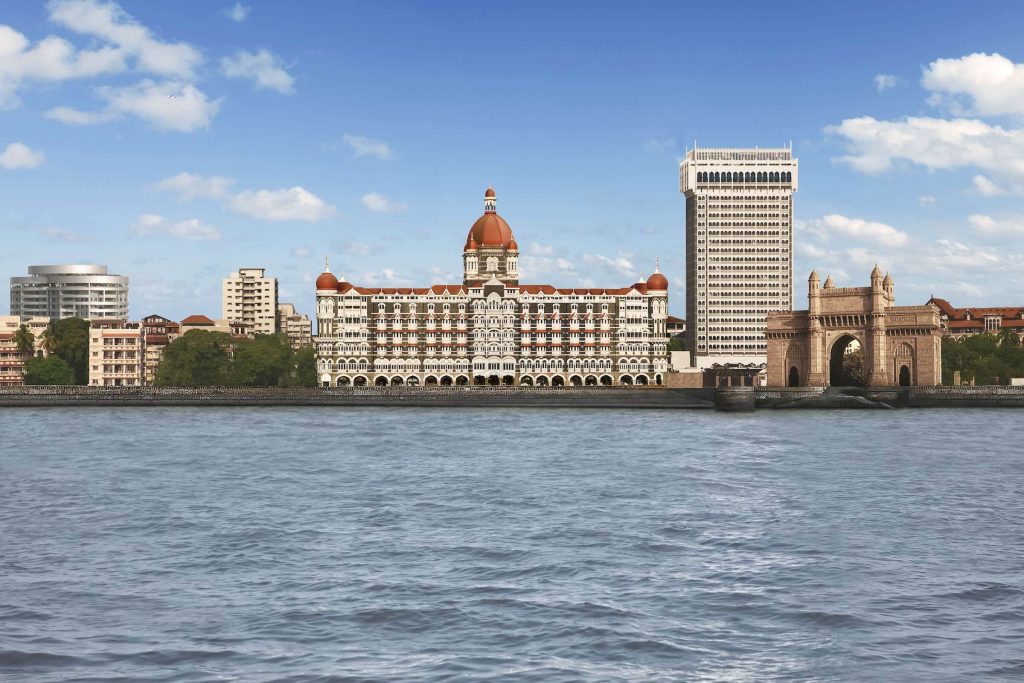
Image courtesy of Taj Mahal Palace
The older parts of town have not been left out either. Taj Mahal Palace, of course, is a must for any visitor to town and it seems to be more gorgeous than ever. Stay in the Rajput Suite, overlooking the Gateway of India, and your terrace is cantilevered out over the crowds far below. The vista also includes thousands of small boats always anchored just offshore. Within the Rajput Suite, you have a circular office with a hemispherical mirrored ceiling from which hangs a swing big enough for two, and, floor level, a copper footbath lined with red and white rose petals can be filled with unctuous salts. Two feet at a time.
Even for repeat visitors, an absolute must while at Taj Mahal Palace is to book a complimentary hour-long landau trip in E-Victoria, an open carriage that’s basically a four-seat pony and trap without a pony (it’s electric, driven by a coachman in a tremendously tall turban with a tail that hangs down about five feet). The trip takes in some of the old sights of the town, the beautiful grassy areas where families play cricket, endless streets of side-by-side clothes and jewellery mini-stores, and the Gothic-style main rail station. You trot along Marine Drive, ideally at sunset, when thousands gather to watch the glorious spectacle, and then back past the Gateway of India and the many more thousands of Indian tourists there. Honestly, Miami and Monte Carlo don’t have a viewing experience like this. Go for it. Bombay, or Mumbai, is world-class.






